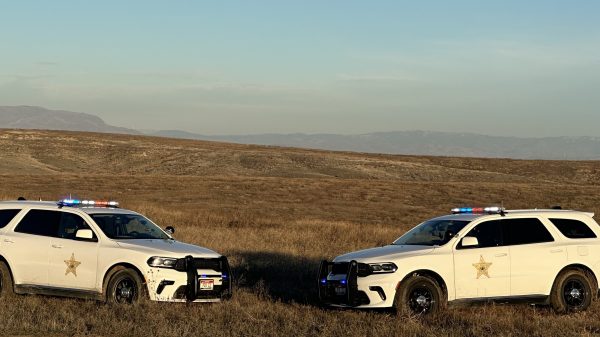(BOISE, ID) – According to new research by the AAA Foundation for Traffic Safety, 258 million American drivers logged a staggering 2.7 trillion miles behind the wheel last year, spending 95 billion hours getting from point A to point B.
Who did the most driving? How far were they traveling? How old were their vehicles? AAA answers these questions and more in this year’s edition of the American Driving Survey.
For this year’s research, the AAA Foundation interviewed more than 5,100 participants to obtain a comprehensive view of driving activities nationwide in 2023.
“It’s quite shocking to think that the number of miles driven on American roads last year would be enough to complete 500 round trips to the planet Neptune,” says AAA Idaho public affairs director Matthew Conde. “On average, drivers reported completing 2.4 trips and spending just over an hour in their cars each day. Of course, things are a little more spread out in the West, which means that some Idahoans may be covering even more ground on a typical day.”
Key findings from this year’s survey
- The percentage of American drivers who drove at least occasionally held steady at 95%.
- The average driver traveled around 29 miles per day at a duration of 60.7 minutes.
- About 31% of driving trips were to run errands. 22.5% involved commuting for work.
- Drivers aged 35-49 spent more time driving each day than any other age group.
- Men spent substantially more time driving than women did.
- Drivers spent the most time driving on Wednesdays, and the least time on Sundays.
- Drivers tended to use newer vehicles, particularly 4 years old or less, to drive longer distances and durations, while the largest number of overall trips were completed in cars aged 5-9 years.
- Drivers with a high school diploma or GED drove more and were significantly more likely to be driving an older vehicle (at least 14 years old) when compared with those with other educational backgrounds (some level of college or university experience).
- There was a strong correlation between the driver’s age and the vehicle’s age. For example, more than a third of teens drove vehicles 14 years old or older, and more than a third of drivers aged 65-74 drove vehicles less than four years old.
- Those who were employed drove more than those who were not.
- Drivers in non-metro areas logged more miles than those in metro areas.
- White non-Hispanic and Hispanic/Latino respondents reported more trips than other groups, while Black non-Hispanic and Hispanic/Latino drivers reported more driving time.
Safety implications
The older a vehicle is, the less likely it is to have advanced safety features that can prevent or minimize harm during a crash. AAA’s research indicates that teens – the drivers with the least experience – often drive older vehicles that are more dependent on human intervention.
In addition, those with a high school diploma or GED spent more time behind the wheel than those with other educational backgrounds. They were also more likely to drive an older vehicle.
“Some of our busiest drivers and some of our most novice drivers are facing dynamic road conditions without the benefit of today’s latest technology,” Conde said. “While many do an admirable job of being safe drivers despite the use of outdated systems, knowing your car’s capabilities and limitations is critical. We’re excited for the day when the vehicle fleet will provide even more effective safety tools for all.”



















































